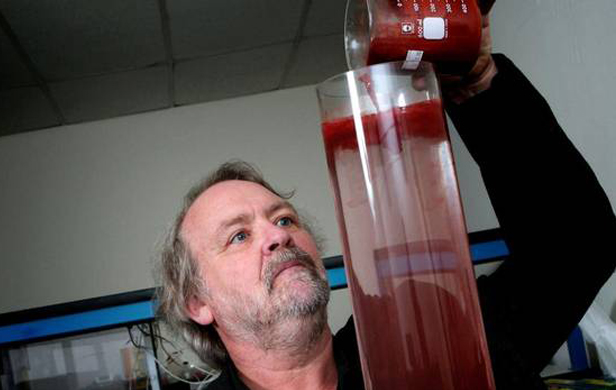Read this story from the Canadian Press on charges emerging from the latest round of National Energy Board hearings into Enbridge’s proposed Northern Gateway Pipeline that the company and its consultants have no concrete plans for building the pipeline and addressing environmental concerns. (Oct. 12, 2012)
PRINCE GEORGE, B.C. — For critics, the proposed Northern Gateway pipeline is a moving target — literally — and the uncertainty of everything from the route to the type of steel that will be used in the pipeline is a source of frustration at environmental assessment hearings.
For a third day Thursday, a panel of experts who have worked on the project proposed by Calgary-based Enbridge were questioned under oath at final hearings in Prince George, B.C.
And for a third day, frustrations were palpable on both sides as interveners seeking answers about the $6-billion project came up against experts who simply don’t have definitive answers at this stage of the proposal.
“I can’t help but get the sense from some of the answers that this panel has given that very much what’s going on here is a work in progress, that you’ve put together a proposal and there’s a lot of preliminary process and preliminary design, but with respect to the actual pipeline — where it will go, what it will look like, how it will cross certain streams — that it’s very much, ’We don’t really know at this stage.’ Is that fair?” asked Tim Leadam, the lawyer for EcoJustice, which represents a coalition of conservation groups at the hearings.
Ray Doering, manager of engineering for the Northern Gateway project, said Enbridge has filed a preliminary design and supplemental information, and the review hearings themselves will result in further changes before a detailed design is completed.
“We have provided the preliminary feasibility assessments but we have made it very clear that there is further work and further process that needs to be undertaken to finalize those, crossing methodologies, in this case,” said Doering, one of nine experts sworn-in at the hearings.
Asked for specifics about the crossing of one of nearly 800 water course crossings on the latest incarnation of the pipeline route, Drummond Cavers, the project’s geotechnical engineer, said they are “part way through” geotechnical investigations.
Unable to get specific answers about another part of the route on the Maurice River, Leadam said he is trying to understand the process.
“Because what concerns me and my clients is mainly to what extent there’s continual changes to the design, continual changes to the route. At some point I’m trying to understand what exactly will be built,” he told the panel.
“Now I’m told there’s going to be a route revision V, so that means that there’s a different route that will be built than the one that we’ve all been focused upon, which is U.
“Do I have that evidence right, Mr. Doering, that there’s now a route revision V that’s being contemplated?”
“Yes,” Doering. “We have identified the anticipated changes going from Route U to Route V.”
B.C. Environment Minister Terry Lake had a similar complaint after the province’s initial two days of questioning.
Lake said he was “extremely concerned” about the incomplete responses from Enbridge experts.
“One thing that is crystal clear after the last two days is that Enbridge/Northern Gateway is putting off making commitments about including these systems in the pipeline design until after they get approval to proceed,” Lake said in a statement after hearings ended on Wednesday.
John Carruthers, president of Enbridge Northern Gateway Pipelines, said outside the hearings that after the environmental assessment is complete, final design and planning continue under the eyes of the National Energy Board.
“We will have spent $300 million getting through this part of the process, to getting to a decision: Is the pipeline in the Canadian interest and what will be the environmental impact of that project,” Carruthers told reporters.
“After those larger questions are answered at this stage, the NEB has a very thorough process as the specifics of construction are decided.”
The company has filed more than 20,000 pages of documents with the joint review panel, more information than has been filed on any pipeline in the past, he said.
“People want to know the specifics, but there’s another phase if the project is approved, then we have to go into the more detailed design and the NEB approves that as well,” he said.
That’s not good enough for those concerned about potential environmental impacts of the 1,100-kilometre twin pipelines that will carry diluted bitumen from the Alberta oil sands to a tanker port on the B.C. coast, and condensate from Kitimat back to Bruderheim, Alta.
Read more: http://business.financialpost.com/2012/10/12/fluidity-of-enbridges-pipeline-plans-a-frustration-at-environmental-hearings/


